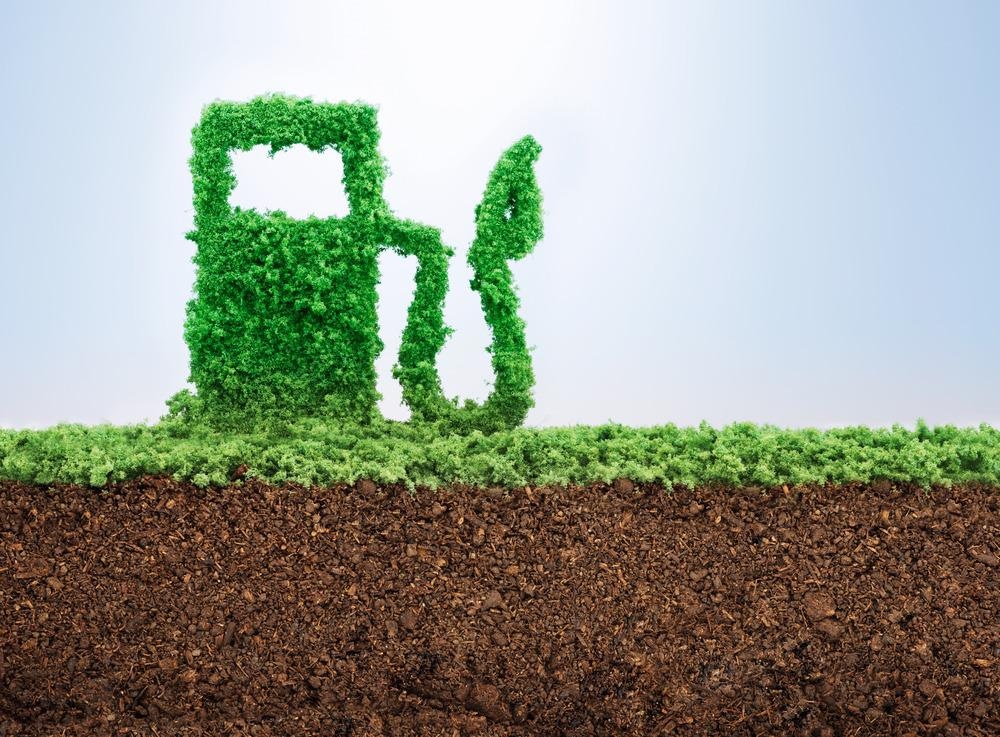Collaborative research by the Southwest Research Institute (SwRI) and The University of Texas at San Antonio (UTSA) aims to integrate two catalytical processes into a single reactor. The focus of the research is to recycle carbon from CO2 to create low-cost hydrocarbon fuels.

Image Credit: pogonici/Shutterstock.com
Led by Dr. Grant Seuser of SwRI’s Powertrain Engineering Division and Dr. Gary Jacobs of UTSA’s College of Engineering, the research is financially supported by a grant worth $125,000 from the Connecting through Research Partnerships (Connect) Program.
Greenhouse gas emissions are predicted to rise by nearly 7% by the year 2040 due to the growing need for energy and transportation in the developing world.
We’re facing a lack of renewable fuels and the technology to deliver cleaner power generation. We’re seeing a rise in battery-powered passenger vehicles, but the high power demands of the aviation, locomotive, shipping, and long-haul trucking industries will continue to require energy-dense hydrocarbons for the foreseeable future.
Dr Grant Seuser, Powertrain Engineering Division, Southwest Research Institute
Researchers Seuser and Jacobs put forward the idea of using a process known as carbon dioxide (CO2) hydrogenation to generate cleaner renewable liquid hydrocarbon fuels for transportation. They plan to achieve this by developing a single reactor with the potential to execute two chemical processes in a single step.
The first process will involve reacting hydrogen with CO2 to produce carbon monoxide (CO). The second will transform the CO and hydrogen, a mixture known as syngas or synthetic gas, into liquid hydrocarbon fuel using a catalytic process called Fischer-Tropsch synthesis.
Fischer-Tropsch synthesis was discovered in Germany about a century ago and is still used in places like South Africa and Quatar to convert coal and natural gas into liquid hydrocarbon fuels. Plant capacities ranging from tens of thousands to hundreds of thousands of barrels of fuel per day. It will be an interesting challenge to integrate this catalytic technology into a process that uses CO2 in the feed.
Dr Gary Jacobs, College of Engineering, The University of Texas at San Antonio
The research team is also developing a process capable of using the captured CO2 at fossil fuel-fired power plants, which would otherwise be stored underground or emitted into the atmosphere.
Combining the functionality of these two catalytic processes, reverse water-gas shift and Fischer-Tropsch synthesis, into a single reactor would simplify the process and increase its economic viability.
Dr Gary Jacobs, College of Engineering, the University of Texas at San Antonio
The attempt will also help identify novel catalyst formations targeting the combination of reverse water-gas shift and Fischer Tropsch synthesis function. This will be developed and characterized by Jacobs at UTSA. Seuser will test the catalysts in a SwRI reactor to determine their industrial viability.
Seuser explained, “Reducing the complexity of converting CO2 into hydrocarbon fuels would have a big impact. Finding a way to produce low-carbon fuels and maintain our current energy infrastructure is critical to avoid further increases in Earth’s temperature.”
SwRI’s Executive Office and UTSA’s Office of the Vice President for Research, Economic Development, and Knowledge Enterprise sponsor the Connect program, which provides grant opportunities to increase scientific collaboration between the two institutions.